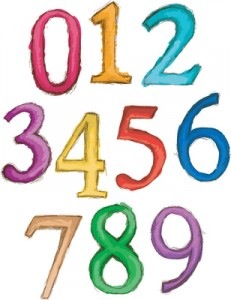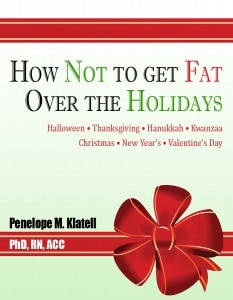 As you sit down at your table, the waiter hands you your menu. You scan the pages with your eyes darting here and there. Where do they land?
As you sit down at your table, the waiter hands you your menu. You scan the pages with your eyes darting here and there. Where do they land?
Menus are one way a restaurant attempts to build trust with you and if the menu you’re looking at has a well thought out design, psychology is playing a major role.
The Menu Is Part Of The Brand
A restaurant’s menu is part of its brand and how it looks sends out subtle signals to the customer. A dirty menu may send a message that the kitchen is dirty. A bright, clean, well-designed menu probably means a clean, well-designed operation.
Menu design affects the bottom line, too. Thoughtful menu redesign can improve sales by an average of 2 to 10% — by subtly directing customers to order higher profit margin items.
Is It Your Decision What To Order?
Customers don’t really decide — on their own — what to order. If done right (from the restaurant’s point of view), a menu should lead customers to what the restaurant wants them to order. The trick is where the menu items are placed, the graphics, and the descriptions. For a four-page menu (including the front and back covers) the “position of power ” is above the center on the inside right page.
A menu item’s position on a list also affects sales. Human tendency is to remember the top two and the bottom item on a list. High profit margin and high appeal items get high profile spots. Logic plays a role, too, like putting appetizers in the top left panel — a high-profile position the eyes get to first since appetizers are usually the first things people eat.
The font, the print size, boxes, and shading all help draw attention to an item. Menus need to be graphically exciting, but people have to be able to read them. Things like borders, illustrations, symbols and bold type also focus attention.
Although the same item may sell differently when it’s put in a different spot on the menu, servers play a major role in determining what customers ultimately order. A well-designed menu helps to steer people in the direction the restaurant wants them to go but it’s the servers who close the deal.
The Importance Of Words
Some words have more selling power than others. “Roasted” or “cooked in our wood-fire oven” are more attractive than “fried.” If the item actually is fried, describing it as hand-battered, which tells customers the item is fried without saying it’s fried, sounds better. Making the descriptions of high-profit, high-quality items more appealing than others directs customers to them.
There’s most likely a continuum of appeal. What the restaurant really wants to sell should sound as delicious as possible. The other items should sound good and taste good —just not as good as the signature dishes.
Where Do The Numbers Go?
There’s an art behind the placement of prices on the menu and that placement is critical. Aligning prices in a straight column on the right leads customers to “shop-by-price” because despite mouth-watering descriptions, the eye tends to go straight to the prices.
Customers are savvy and listing menu items with the prices from most expensive to least expensive is something they quickly figure out. Experts recommend positioning the item’s price at the end of the description, in the same type and boldness, and without a dollar sign (even the dollar sign makes the customer a little more aware of the price) — an approach that helps the customer focus on the product rather than the price.




